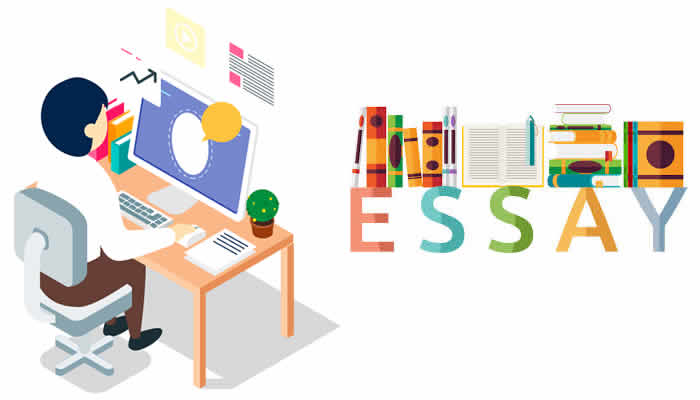What is an Essay?
An essay is a type of prose written text in which ideas are developed about a question, usually with an argumentative nuance, and it is also the name of the literary genre to which these writings belong. Authors who regularly publish essays are called essayists; you can also take help from the helpers WriteMyEssayOnline.
Likewise, an essay is a test to evaluate a hypothesis or simply the performance of something: thus, for example, we talk about a material resistance test when different materials are subjected to pressures or stresses, to see if they break or deform, This is very important when you think about including that material in the elaboration of a product or in an engineering work.
A third meaning of this word refers to the representation or execution of a play or musical before presenting it to the public, for the purpose of corroborating that everything goes smoothly and according to the provisions in terms of sound, lighting, intervention of the actors or musicians, etc. It is essential, therefore, that in the rehearsal of shows at least the director of the staging be present, and also, where possible, should be responsible for lighting, sound, costumes and all those items that they make the final quality of the work represented.
Formal language
Formal and objective language should be used,nor is a colloquial language used. Since in the scientific essay the author tries to express his ideas and refute or reaffirm them by a method. It is necessary that the same be written in 1st person singular. In addition, the author does not care to defend his point of view, that is, it is not necessary to verify the truth of what he exposes.
Presentation of ideas
The author tries to blend ideas from the simplest to the most elaborate or complex. Always, these ideas will be related to events or events of a scientific nature. In addition, citations are included in this type of essay so that the author of the essay refutes or affirms them.
Characteristics of a literary essay:
It’s short
Although this is somewhat elastic, in general an essay takes place in no more than 5 veneers.
Is unitary
It must have a single central theme, which constitutes the axis of the text.
Is personal
The author always exposes his personal interpretation on a subject, to which he has dedicated research and analysis time.
It is Rigorous
The author must give rigor to his analysis; for this, it must strictly adhere to the truth and not omit any information, since although it is always personal, an essay cannot be frankly biased.
Free tone
Despite the above, a non-academic essay may have a free discursive orientation, that is, an exhortation, a conviction or a compliment may be underlying the analysis. The academic essay, on the contrary, avoids this trait and tries to present itself as an objective.
It is structured in three central parts
Introduction: The topic to be discussed is presented and the objective is mentioned. Sometimes they are explained under what methodological elements the analysis will be done.
Developing: It is where the author exposes his ideas and opinions regarding the subject in detail and with a logical sequence, which contributes to the construction of the global sense.
Conclusion: The author expresses his final contribution in the matter and how his contribution is connected with the one already stated.
It can be philosophical, reflective or critical
The former generally develop ethical or moral issues. The latter put into question facts and ideas, so they in turn are grouped into historical, literary, artistic, sociological, etc.
It uses a wide variety of discourse resources
The essay often uses the quotation, the definition, the anecdote, the memory, all these elements that contribute to the argument but which can also contribute to the tone emotion, warmth, complicity.
Use an elegant and enjoyable style
The language is always careful, depending on the subject in question will be more or less specialized, but a seasoned essayist carefully chooses each word, trying to maintain professionalism and capture the attention of the public at the same time.
The connectors play a central role
The connectors order the speech and cooperate with the reader; the most used in the trials are the temporary ones (examples: soon after, years later), the sorting ones (examples: next, then, finally, in sum) and the cause-effect ones (example: therefore, by so much).
